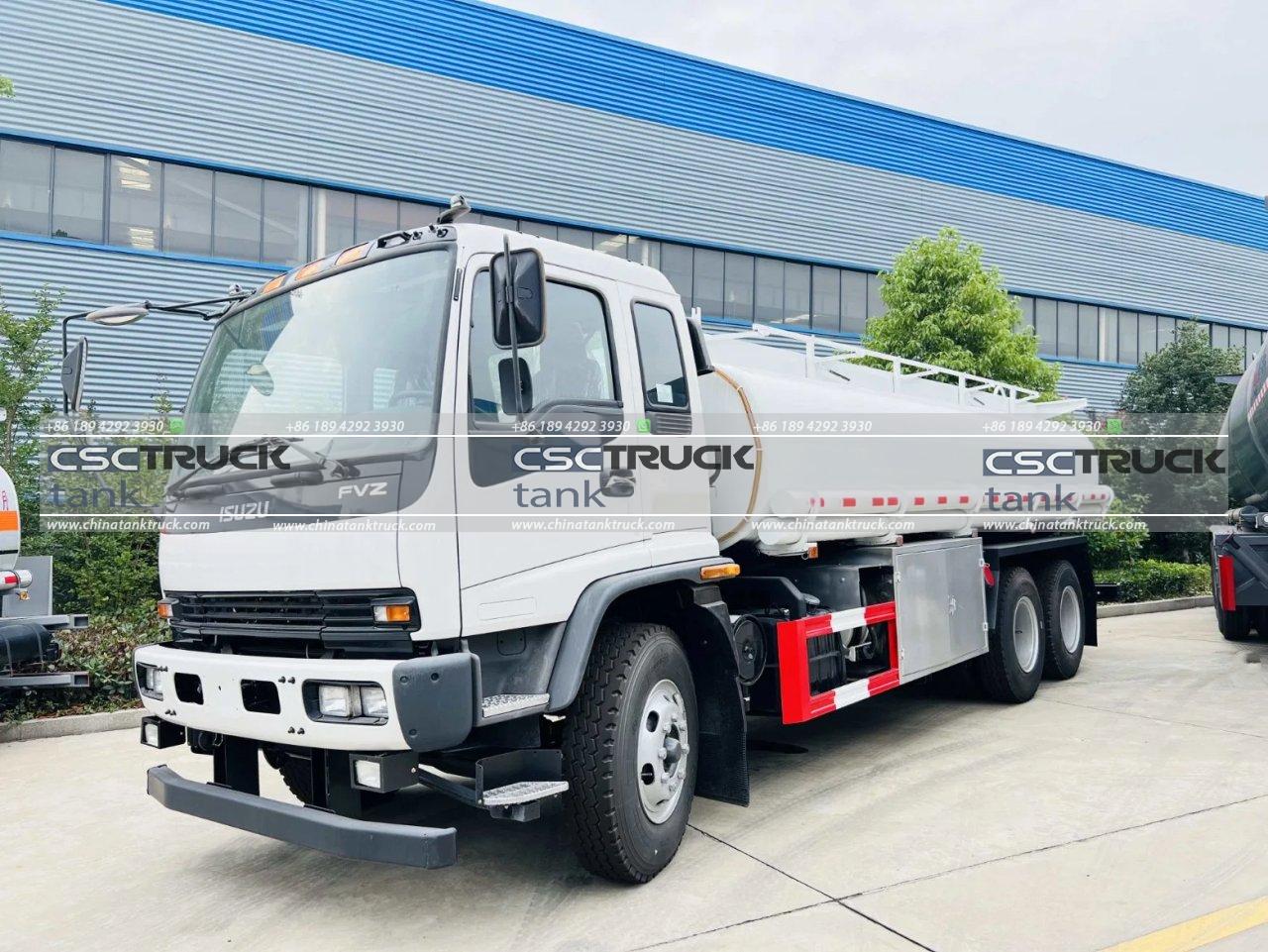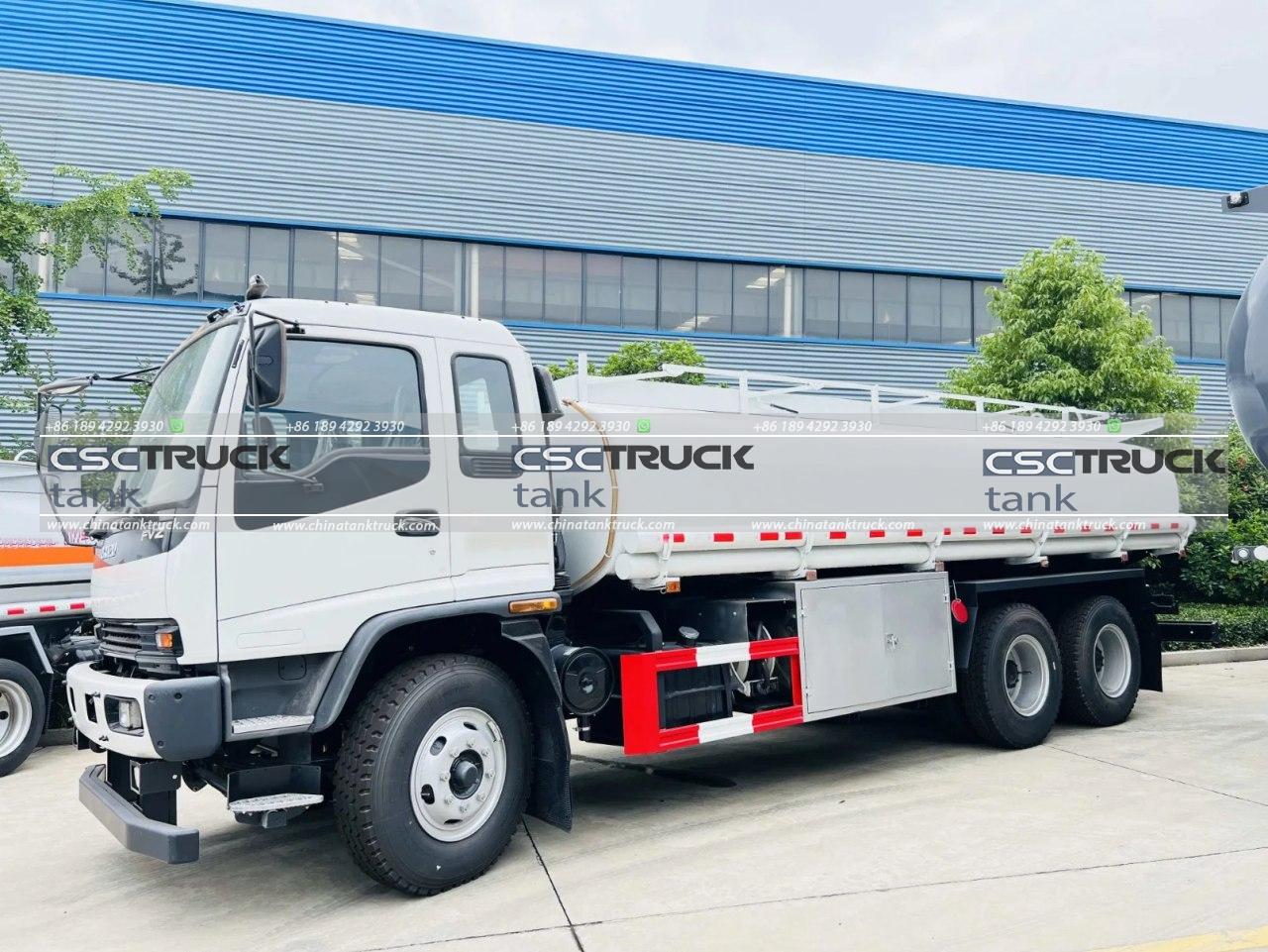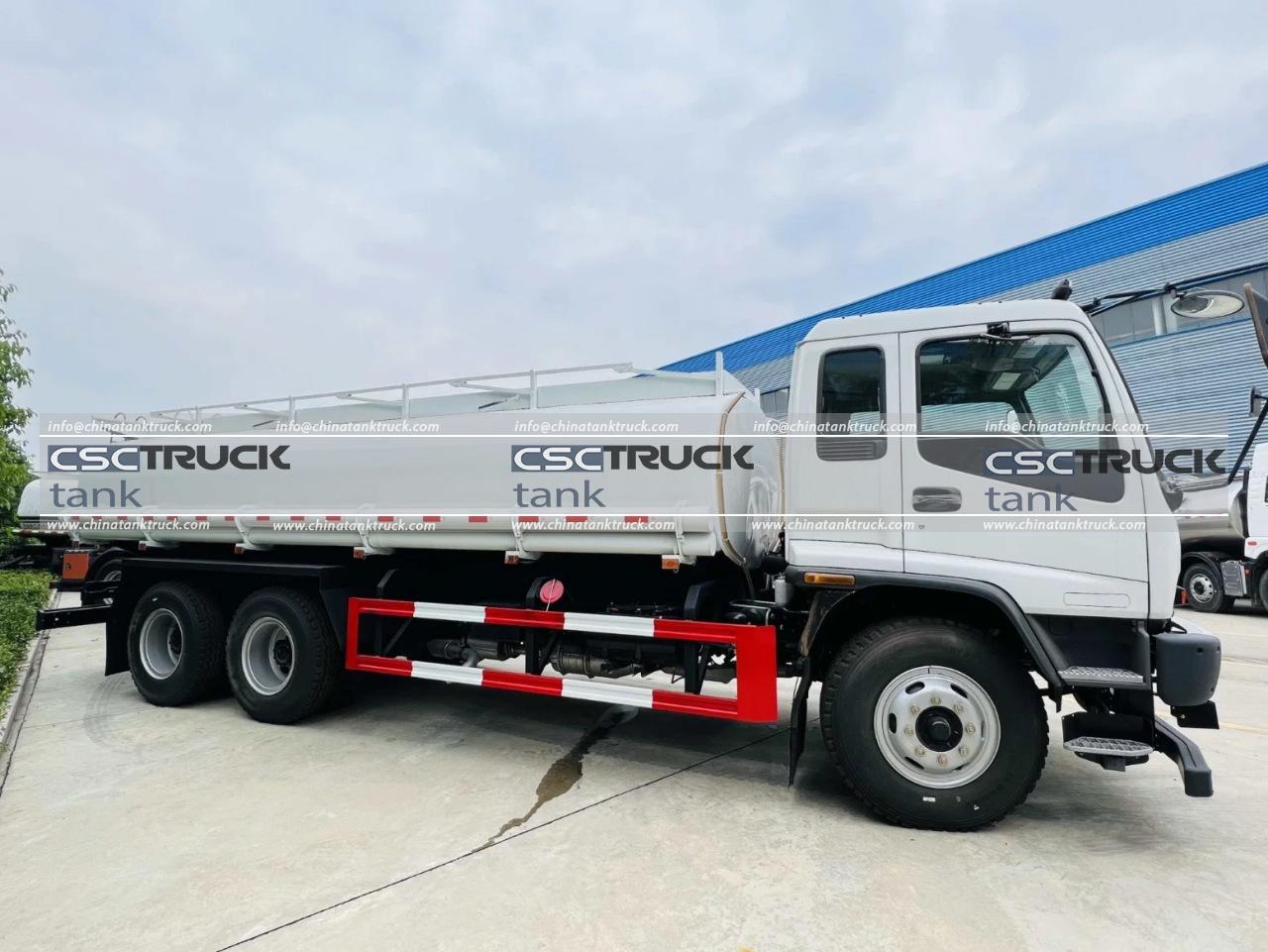What is the Capacity of a Milk Tank Truck?
Milk tank trucks play a vital role in the dairy industry, transporting liquid milk from farms to processing plants and distribution centers. Understanding their capacity is crucial for optimizing the supply chain, ensuring efficiency, and managing logistics. In this article, we will explore the factors influencing the capacity of milk tank trucks, the standard sizes available, and the impact of truck capacity on the dairy industry.
Understanding Milk Tank Trucks
Milk tank trucks are specialized vehicles designed to carry large volumes of milk while maintaining its quality. These trucks are equipped with insulated, stainless steel tanks that keep the milk at a consistent, cool temperature, typically around 35-40°F (1.6-4.4°C). The insulation helps prevent spoilage and preserves the milk’s freshness during transportation.

Factors Affecting Milk Tank Truck Capacity
Several factors influence the capacity of a milk tank truck, including:
1. Tank Size and Design: The primary determinant of a milk tank truck’s capacity is the size and design of its tank. Tank sizes can vary significantly depending on the truck’s intended use and the needs of the dairy industry. Tanks are typically designed to maximize volume while ensuring structural integrity and ease of cleaning.
2. Truck Dimensions: The physical dimensions of the truck also affect its capacity. Larger trucks with longer and wider tanks can carry more milk, but they must comply with road regulations and safety standards. The truck’s chassis and suspension system must be robust enough to support the weight of the filled tank.
3. Regulations and Standards: Different regions have varying regulations regarding the maximum allowable capacity of milk tank trucks. These regulations ensure safety on the roads and adherence to industry standards. Compliance with these rules affects the maximum size and weight of the trucks.
4. Volume vs. Weight: The capacity of milk tank trucks is often measured in terms of volume, typically gallons or liters. However, it is also important to consider the weight of the milk, as a full tank can weigh several tons. The weight affects the truck’s load distribution, fuel efficiency, and overall handling.
Standard Sizes and Capacities
Milk tank trucks come in various sizes to suit different operational needs. Here are some common capacities:
1. Small Tank Trucks: These trucks typically have capacities ranging from 2,000 to 4,000 gallons (7,500 to 15,000 liters). They are often used for smaller dairy farms or for delivering milk to local processing facilities. Their smaller size allows for greater maneuverability and easier access to farms with limited space.
2. Medium Tank Trucks: With capacities between 5,000 and 7,000 gallons (19,000 to 26,500 liters), these trucks are commonly used for regional distribution. They strike a balance between capacity and maneuverability, making them suitable for a variety of dairy operations.
3. Large Tank Trucks: Large tank trucks can carry between 8,000 and 10,000 gallons (30,000 to 38,000 liters) or more. These trucks are used for bulk transportation over longer distances, often from major dairy farms to central processing plants. Their larger capacity helps reduce the number of trips required, increasing efficiency and lowering transportation costs.

Impact on the Dairy Industry
The capacity of milk tank trucks has a significant impact on the dairy industry in several ways:
1. Efficiency and Cost-Effectiveness: Larger tank trucks can transport more milk in a single trip, reducing transportation costs per gallon and improving overall efficiency. This is particularly important for large-scale dairy operations that need to move substantial volumes of milk. Efficient transportation helps lower costs and can lead to more competitive pricing for consumers.
2. Logistics and Supply Chain Management: The capacity of milk tank trucks affects logistics and supply chain management. Accurate planning and scheduling are essential to ensure that milk is transported promptly and arrives at processing plants in optimal condition. Understanding truck capacities helps dairy companies manage their inventory, coordinate deliveries, and minimize disruptions in the supply chain.
3. Quality and Safety: Maintaining milk quality during transportation is crucial for the dairy industry. The insulation and design of the tank truck are key factors in preserving the milk’s freshness and preventing spoilage. Proper handling and adherence to temperature requirements are essential for ensuring that milk meets safety and quality standards.
4. Environmental Impact: Larger tank trucks can contribute to reducing the carbon footprint of milk transportation by decreasing the number of trips required. Fewer trips mean lower fuel consumption and reduced greenhouse gas emissions. As the industry seeks to improve sustainability, optimizing truck capacity is one of several strategies to minimize environmental impact.
Future Trends and Innovations
The dairy industry continues to evolve, and so does the technology behind milk tank trucks. Future trends and innovations may include:
1. Advanced Insulation Technology: Improved insulation materials and technologies could enhance the efficiency of temperature control, further preserving milk quality during transport.
2. Fuel Efficiency and Alternative Fuels: Advances in fuel efficiency and the use of alternative fuels, such as electric or hydrogen-powered trucks, may help reduce the environmental impact of milk transportation.
3. Smart Technology: The integration of smart technology, such as real-time monitoring systems, can provide data on tank conditions, temperature, and GPS tracking. This technology can improve operational efficiency, enhance safety, and ensure compliance with regulations.

Conclusion
The capacity of a milk tank truck is a critical factor in the dairy industry’s supply chain, affecting efficiency, cost, quality, and environmental impact. Understanding the various capacities available and their implications helps dairy farmers, processors, and distributors optimize their operations. As technology and regulations continue to evolve, the dairy industry will likely see further innovations in milk tank truck design and functionality, leading to even greater efficiencies and sustainability in milk transportation.

